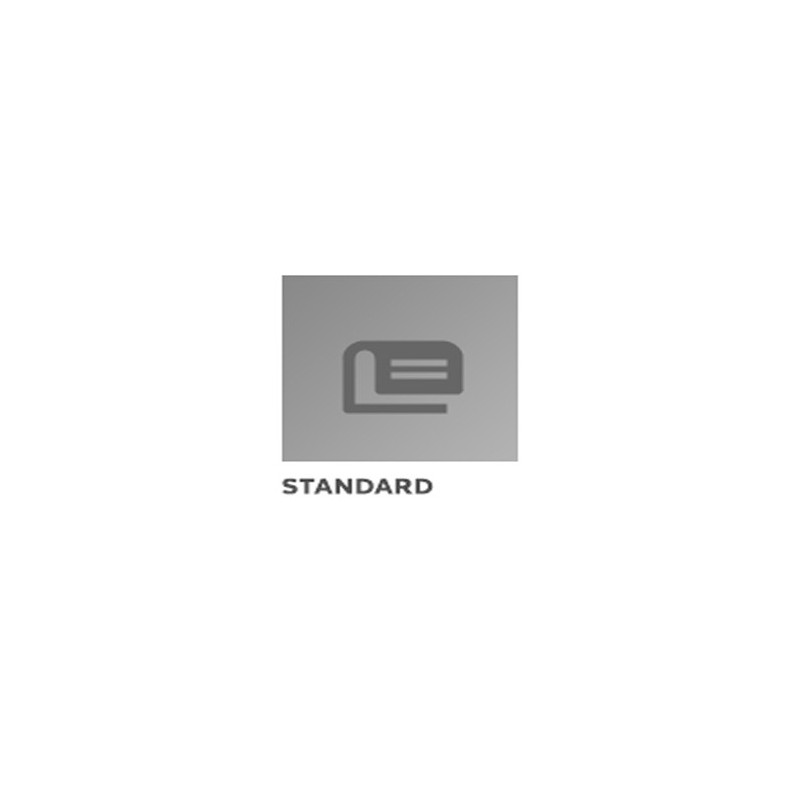Description / Abstract:
This Aerospace Information Report (AIR) reviews the factors to be
considered in determining the
location and arrangement for auxiliary power unit (APU) installations
for airborne applications and
reviews requirements for flight suitability.
As treated in this discussion, the APU normally includes a power
section (or engine), a starting
system, an electronic control unit (ECU), a gearbox with accessory
mounting pads, and an oil
cooling system. The accessories that are driven by the APU, such as
CSD's (constant speed drives),
alternating current (AC) generators, hydraulic pumps, or air
compressors, are not covered here
except insofar as they make demands on the APU. The various
installation components and systems
that are covered here are outlined by the table of contents.
Turbine-type APU's are by far the most highly developed and
universally used airborne units, so
their installation will dominate the discussion in this document. And,
though there have been some
APU's developed for military applications, many military transports
are adaptations of commercial
carrier aircraft. The bulk of the discussion will, therefore, be
oriented toward APU installation
requirements as developed by the civilian sector. Discussions of the internal
design aspects of the APU itself
are not within the scope of this document.
The purpose of this document is to aid APU installation designers by
assuring that no important
design aspect of the installation will be overlooked. References 2.1
and 2.2 are also documents
published by APU manufacturers for this purpose. Reference 2.3 is a
useful design handbook
published by the U.S. Air Force.


